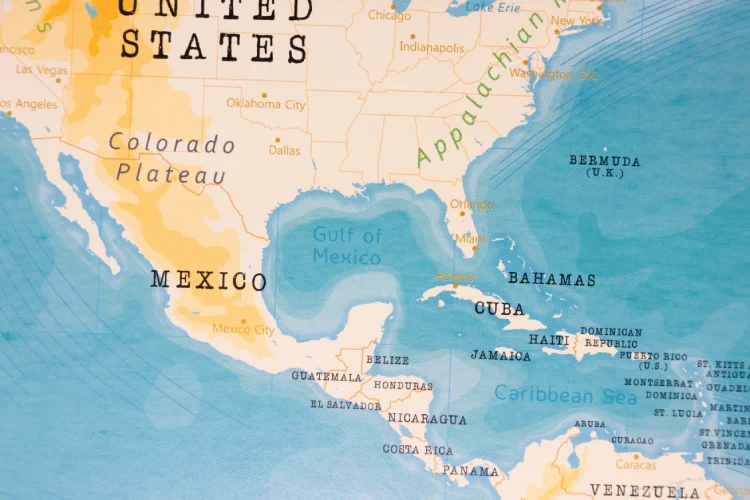
Mexico Sues Google for Renaming Gulf of Mexico
Mexico Challenges Google’s Map Labeling Practices in Ongoing Dispute Over Gulf of Mexico Naming
Mexico has initiated legal action against Google following concerns that the Gulf of Mexico was labeled differently in parts of Google’s digital mapping services. The Mexican government is suing google arguing that the naming alteration does not reflect recognized geographic terminology and may misrepresent historical and territorial context.
Mexico’s Position on the Matter

Officials from Mexico’s Ministry of Foreign Affairs stated that the government had contacted Google regarding the issue prior to the lawsuit, requesting clarification and correction. After what they described as insufficient response or resolution, the matter was escalated to court.
The lawsuit focuses on specific representations in Google’s mapping platforms—particularly within developer-facing tools—where the body of water traditionally known as the Gulf of Mexico allegedly appears under an alternative label. While the exact phrasing Google used has not been officially confirmed in court documents, local media cited instances where the term “American Gulf” was visible.
Mexico claims that such a modification, if left unaddressed, may carry implications for educational content, maritime boundaries, and public understanding.
Naming in Digital Maps: Technical or Political?
Map labeling decisions on platforms like Google Maps often involve input from user reports, local data providers, and official government sources. However, disagreements can arise when regional naming conventions are interpreted differently across jurisdictions.
In recent years, similar issues have emerged between countries and technology companies. Examples include disputes over the designation of the Persian Gulf, changes in border depictions between India and China, and name recognition following country renaming efforts, such as North Macedonia.
Legal scholars note that naming disputes over geographic features are not new, but they are taking a more prominent role in digital contexts. When platforms like Google update or change labels—even in limited testing environments—it can raise questions about accuracy, authority, and international sensitivity.
Response from Google and Next Steps
As of now, Google has not publicly commented on the specific naming change in question. The company generally follows a combination of international naming standards, official governmental inputs, and third-party geographic data providers. In previous cases, Google has clarified that regional versions of its mapping services sometimes display names differently to reflect local preferences or legal requirements.
Legal experts suggest that the outcome of this lawsuit may depend on whether the name change was implemented globally or only within limited technical environments, such as developer APIs or test interfaces. The extent of visibility and distribution will likely influence the court’s assessment of impact and responsibility.
Though the current dispute involves a single geographic name, it contributes to a broader conversation about how multinational tech companies manage geographic data. As governments increasingly interact with platforms that are global in scale but local in influence, questions about naming rights, territorial representation, and data governance are likely to become more frequent.
Some countries have begun negotiating directly with technology providers to address naming preferences and political sensitivities. Others, like Mexico in this case, are turning to legal mechanisms when dialogue does not lead to change.




